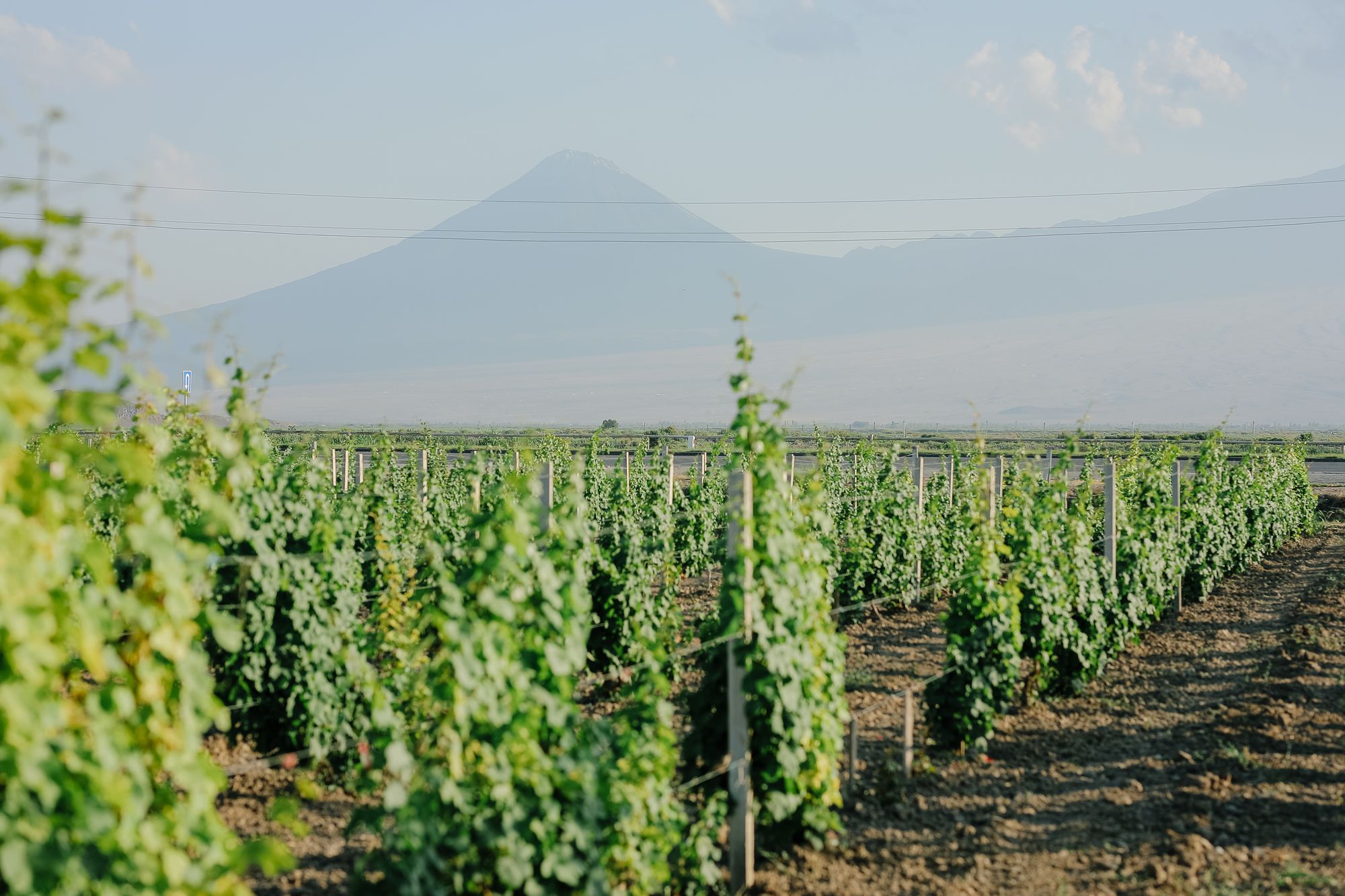Uncovering climate secrets of TUSHPA terroir.

Winemaking is not an easy skill to master. It requires a lot of dedication, time, and practice.
One can have all the necessary skills and tools for wine production, but there is one thing every winemaker should know before starting to produce some great wine. The primary factors that directly affect the flavor and quality of grapes are temperature and humidity.
Thus, one word matters the most before choosing the terroir to cultivate high-quality wine grapes. The climate is the keyword.
But that's only the beginning. The global, regional, and site climates should be considered.
Have you ever wondered how the climate affects the production of wine? Would you ever imagine that the number of sunny days directly affects the wine in your glass?
The temperature is one of the most crucial elements throughout the winemaking process in the production of premium wine. So what is that perfect temperature, you wonder? It all depends on the type of wine. Do you want more secrets uncovered? Please.
The best vintages usually result from stable climates that allow for slow, steady ripening, without heavy rainfall or extreme temperatures. The best vintages are typically the product of a stable climate. The absence of significant rains or harsh temperatures allows slow and steady ripening.
With a unique combination of ideal soil and climate and grown at 820 altitudes of the Ararat Valley our grapes allow us to create truly one-of-a-kind wines.
These points really matter to us, at TUSHPA we reflect the world around us. We have a very serious approach to everything concerning the climate. We follow up and get annual official information on average, maximum, and minimum air temperature, precipitation, and the number of sunny days. This is of high importance for us to get the exact wine flavor and character that matters the most at TUSHPA.
As mentioned above, the number of sunny days is a crucial factor in winemaking, as it can greatly impact the quality of the grapes and ultimately the wine produced. Looking at the provided statistics, it is evident that there is a relatively consistent number of sunny days for our winemaking purposes over the past five years. With an average of 321 sunny days, we were sure to expect a favorable climate for growing our grapes and producing high-quality wine.

However, it's important to note that other factors such as temperature and rainfall also play a significant role in winemaking. Our specialists carefully monitor and manage these conditions to ensure the best possible outcome for our wine.
Thus, in addition to the number of sunny days let’s explore the temperature, which is another critical factor that affects the quality and characteristics of wine. Both minimum and maximum temperatures can impact the ripening process of grapes and ultimately influence the wine's taste, aroma, color, and more. Here is the temperature of our very own Armenian terroir within 5 years.

Note, that It is equally important to ensure that the minimum temperature is not so high that it causes the grapes to ripen too quickly, thus compromising their quality. Similarly, it is crucial to avoid exceeding a specific maximum temperature during the growing season as excessive heat can cause the grapes to ripen too rapidly, resulting in the loss of their natural flavor and acidity.
So here is some more statistics.

We pay close attention to the amount and timing of rainfall throughout the growing season to make informed decisions about irrigation, canopy management, and grape harvest. Healthy grapevines and high-quality fruit, leading to exceptional wines is a result of ideal rainfall conditions.

You see, everything is interconnected - following up on any climate change is priceless. If the wine has a well-balanced and excellent flavor, just be sure that the winemakers worked hard to uncover the climate secrets of their terroirs.
We create the temperature of our passion! Now we are sure, the next time you open a bottle of wine, you will think of the temperature of the winemaking.
Currently, we are tracking the data from climate to terroir on our own, stay tuned for more details coming soon.

